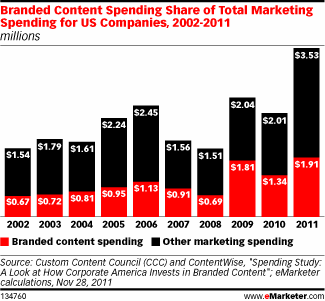By Daniel B. Honigman
(NOTE: This article was originally posted on the LoSasso blog.)
According to a recent eMarketer survey, 55% of respondents said they would use their smartphones to interact with digital and social media during the 2012 Olympics, continuing the trend of second-screen television viewing. To extend its broadcast experience, NBC Sports has launched several mobile Olympics-related experiences, including two applications and a mobile-friendly version of its website.
(NOTE: One interesting thing to note, however, is the lack of a calendar in its apps. The calendar does appear, however, on the NBC Olympics mobile website.)

Applications and mobile websites are two pieces of a larger mobile pie, however. Mobile comprises about 15% of all Google searches, and mobile search, of course, ties into content, which (hopefully) lives on a mobile-friendly website.
This said, there’s a good chance your mobile site will acquire new visitors, and serve as a touchpoint for existing customers as well, through e-mail and social media channels.
•   Have something interesting to say, and say it to a mobile audience. 4.7 billion people tuned into the 2008 Beijing Olympics, drawing the largest ever TV audience. With 26 different sports now featured in the Games, there’s something for everyone, and plenty of coverage – and expert analysis – to go around. This content must be featured in a manner that’s mobile, and be interesting enough to be shared when viewers are mobile. Good headlines and lead paragraphs are critical.
•   Organize and present content to be mobile-friendly. Full websites are generally pared down to present key functions that are essential to mobile users. (For NBC, its TV and digital Olympics event calendars are important, so they were included in its mobile site.) Graphic interface elements should be enlarged or icon-ized for touchscreen navigation. And for applications, don’t forget to integrate share functionality (e.g. e-mail, social sharing) with your content.
•   Don’t rely too many on images or video in your mobile experience. Images and videos are key components in any digital content experience, but for mobile, their use should be sprinkled in with written content, or featured in separate image or video galleries. Limit each piece of written content to one or two images or videos. (Don’t forget: videos will usually open up in a separate mobile video application, such as YouTube.)







